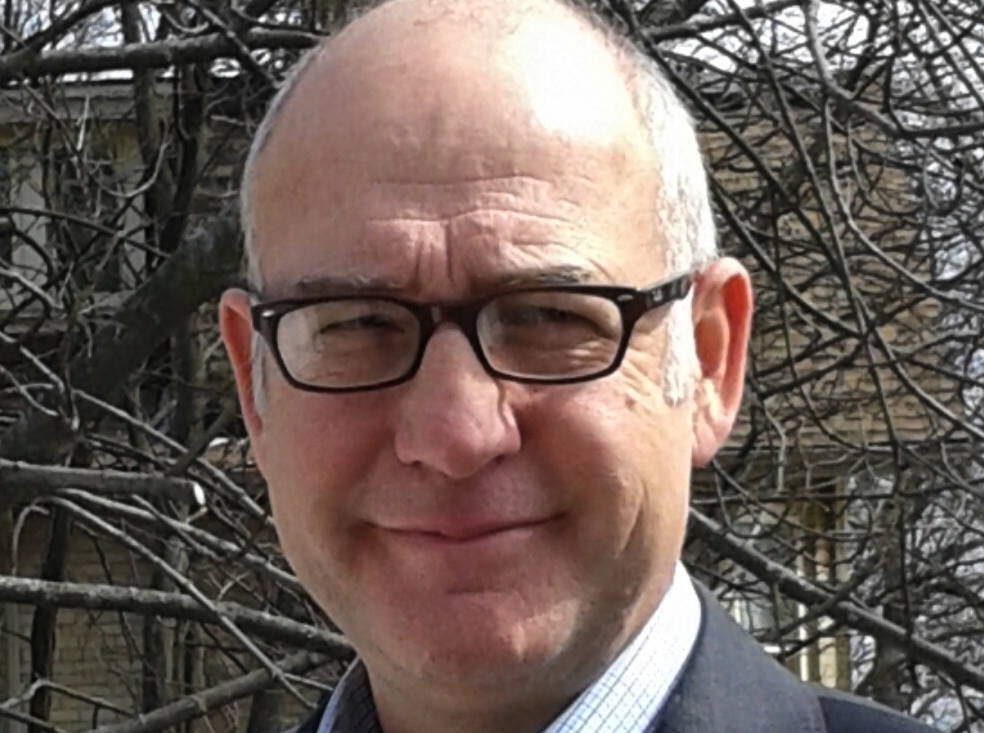- Home
- About Us
- The Team / Contact Us
- Books and Resources
- Privacy Policy
- Nonprofit Employer of Choice Award

 In my previous article about Donor Advised Funds (DAFs) I highlighted that charities seem to be dropping the ball in terms of connecting with donors and setting themselves up as competitors to the financial institutions that are moving their clients into these giving products. I was clear that anyone raising money for a charity should be concerned about this fact but also that we shouldn’t be afraid of the reality of DAFs.
In my previous article about Donor Advised Funds (DAFs) I highlighted that charities seem to be dropping the ball in terms of connecting with donors and setting themselves up as competitors to the financial institutions that are moving their clients into these giving products. I was clear that anyone raising money for a charity should be concerned about this fact but also that we shouldn’t be afraid of the reality of DAFs.
Fundraisers need to make connections and provide compelling reasons for individuals and families to partner with their cause directly to maximize the impact of donated dollars. That is our job. Remember, charities have the benefit of directly impacting the world through their cause and the mission. That is the advantage that charities have, but in most cases, charities aren’t using it.
It has become clear that donors are looking for the direct impact of their donation as a key motivator to give. They want to maximize that impact. This is an advantage to charities. Highlighting their advantage will do more than simply place them top of mind when people think about making a donation, this will also make the case for them being where a donor should consider making their philanthropic investment.
Here are three things that will help a charity position itself as the first choice for donors when they are considering the benefits of directing their philanthropy to either a DAF or to a worthy cause like the one you represent:
1. Build a compelling case for support
Every charity has an extraordinary charitable case for support—use it! I am still surprised at how many charities don’t have a written case for support that highlights their history and accomplishments, the good work they are doing today and a clear vision for the future. I admit there is some profoundly good marketing material in the market right now. Without a doubt it inspires, but it doesn’t provide clear vision for the future that is necessary to use to attract philanthropy— the main competitive advantage available to charities. Your case for support clearly defines the benefit to the donor of making their philanthropic investment directly to your charity and “cutting out the middleman.”
2. Take steps to build trust with your donors and the public
“How can I help you to help our charity?” is a slight paraphrase of what Dr. Edward Pearce would say to perspective donors when working in his position as Director of Planned giving at a Canadian university. Dr Pearce was able to present the giving opportunity in that way because the university and his program had taken deliberate steps to position themselves as a trustworthy steward of donor dollars. They established a foundation of credibility and then reinforced that to their stakeholders on an ongoing basis. How they did this and maintained it was unique to their situation. How your charity takes the steps to establish the same foundation will be unique to your circumstances but it can be done—and is being done—by some charities right now. The question is, have you established that credibility and if so, are you promoting it? The answer likely is, not yet. As with the lack of cases for support, this is a step that our current mindset does not allow for within most Canadian charities. We focus on current need which is not what philanthropic investment—partners in philanthropy—desire. They want a long-term, positive vision for the future impact of their donation. It is up to your charity to advance that. As fundraisers it is important to understand that no one else is going to do it for us.
3. Make it easy for people to make their philanthropic wishes come true
The clear advantage for financial institutions in promoting their DAF product is that they have (in the majority of cases) a pre-existing relationship with the individual or family that is setting up the fund. The money is already in the financial institution’s investment pool. When the notion of making a charitable gift using a DAF is introduced by the investment firm or bank, the process of creating the philanthropic gift is made very easy. They have essentially taken an idea developed by charities and made it their own. The simplicity of making contribution to a DAF is likely highlighted in “pitch” conversations. Charities need to make it easy too. And it is—if you’ve established the internal processes. Do you have well-trained support staff to develop relationships? Are you discussing the future of philanthropy and the benefits for the donor? Whatever the answer for your charity, your competition hopes none of those are in place.
Finally, it is important to not get overwhelmed by the entire process. Long-time gift planners like me can dive deeply into these issues. It can sound complicated. Charities have been, and are still, positioned to be successful even with the rise of DAFs. Charities need to embrace the important work they are doing and realize they are making the world a better place—then, the other parts of the process become easier.
Ed Sluga, CFRE is one of Canada’s most experienced planned giving professionals and is also co-founder of PGgrowth. Ed is a noted speaker, the co-author with Peter Barrow of Worthy and Prepared, host of the PGgrowth Planned Giving Podcast, Professor of Major Giving and Planned Giving with the Humber College Fundraising Management Program and a regular presenter of the AFP Fundraising Fundamentals Course. ed@pggrowth.com